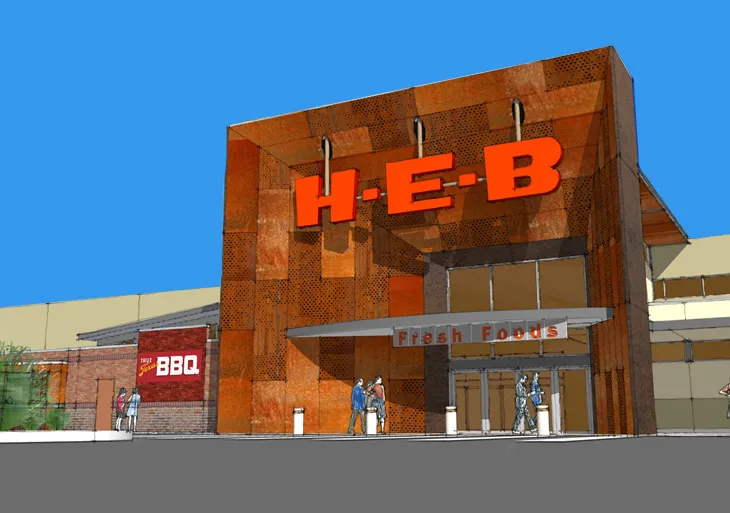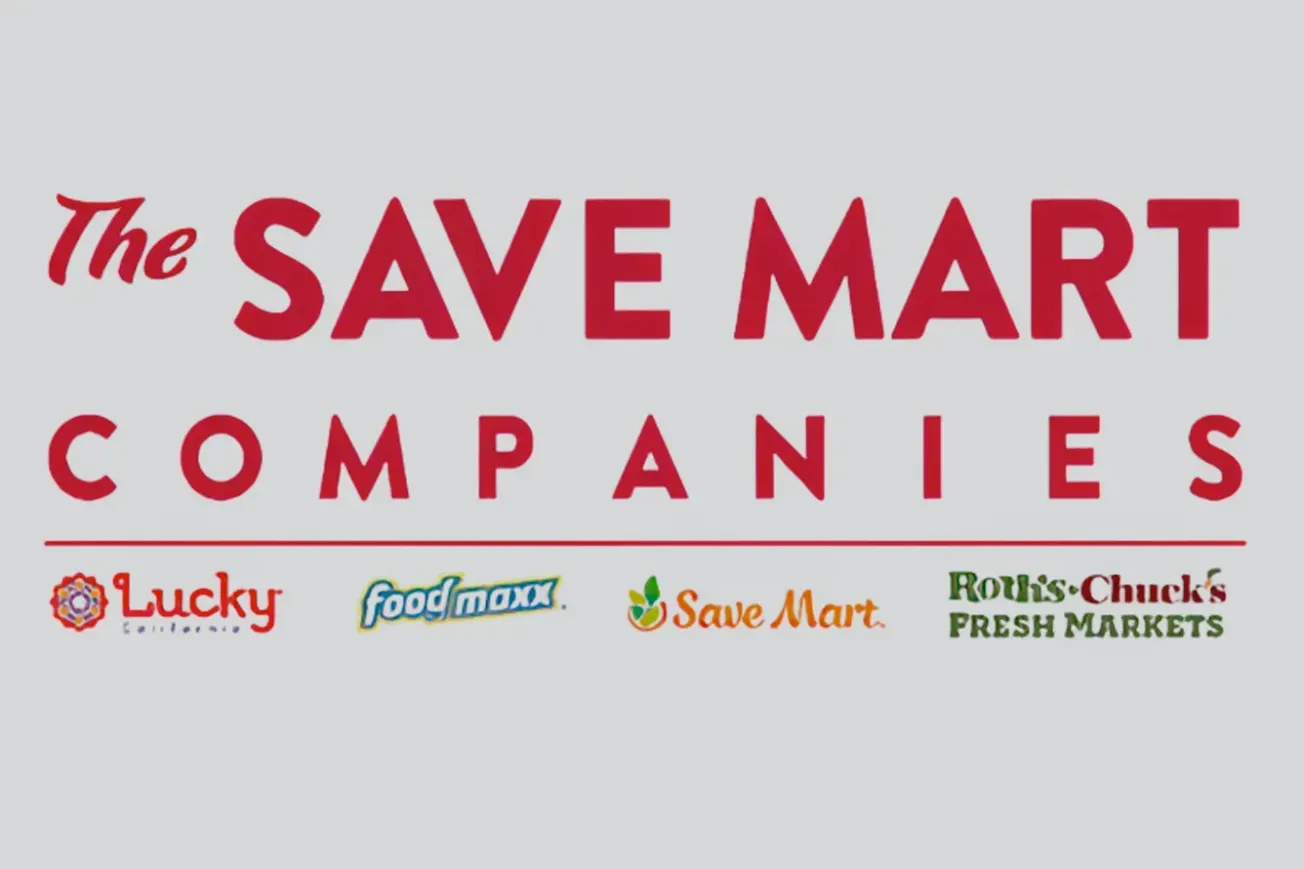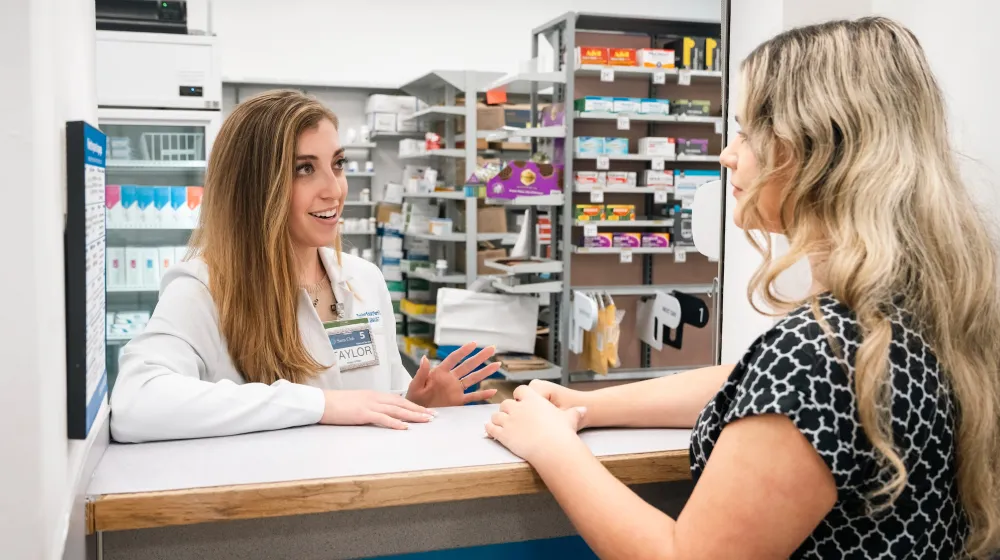Amid the myriad retailing developments that have distinguished — for good or ill — the retail landscape thus far in 2022, perhaps the most surprising (though not entirely unexpected) alteration has been the emergence (or reemergence) of the supermarket segment of the mass retailing community.
 If this re-ignition has taken some industry people by surprise, the fault lies not with the offending supermarket industry but rather with those retailers — and there are more than a few — that have been too busy worrying about themselves to look around to see what has been going on. But this column is not an attempt to criticize any particular mass retailer. Rather, it is an effort to appreciate the huge strides America’s supermarketers have made to more effectively position themselves within our retailing community.
If this re-ignition has taken some industry people by surprise, the fault lies not with the offending supermarket industry but rather with those retailers — and there are more than a few — that have been too busy worrying about themselves to look around to see what has been going on. But this column is not an attempt to criticize any particular mass retailer. Rather, it is an effort to appreciate the huge strides America’s supermarketers have made to more effectively position themselves within our retailing community.
As to specifics, the names of the frontrunners are familiar to all: H-E-B, Publix, Wegmans, Hy-Vee, Kroger, Safeway, Albertsons Cos. — the list goes on and on. Though these and other retailers have taken somewhat different paths, each path has been designed to position them against the competition that the mass retailing community is mounting in an increasingly health care-oriented environment.
Before attempting to explain, however insufficiently, what the grocery companies have done and are doing, a word is in order about the new (or not so new) generation of leaders that industry has produced. Some names are familiar; others less so. Anyone who routinely hangs around the National Association of Chain Drug Stores has become familiar with Colleen Lindholz, head of Kroger Health. She and her impressive team have reestablished Kroger’s leadership in the health care community. Equally familiar is the Wegman family, who, year after year, position the Wegmans food chain as the one least likely to fold in the face of competition.
Then there’s the leadership team at H-E-B — the name Martin Otto comes readily to the tongue — and their counterparts at Hy-Vee (ditto for Randy Edeker), who have positioned their chains as the leaders in Middle America. One could go on, citing the leadership teams at Publix, Safeway, Stop & Shop, Weis Markets, ShopRite and regional food retailers operating across the length and breadth of America.
What have they done to rejuvenate their prospects and provide new competition for long-established chain drug and discount retailers? First, they have largely shed the restraining word “food.” In doing so, they have transformed themselves into health care retailers that offer pharmacy services not as an afterthought but as an integral part of their mix. Fill a prescription today and you, as a consumer, are as likely to go to a supermarket pharmacy as a chain drug store Rx counter.
Equally significant, they have begun accenting the healthy side of food, including vitamins, nutritional supplements and “healthy” eating options that claim to deliver more than empty calories. Result: The consumer visiting a supermarket today is after lots more than stocking the fridge for another week.
Finally, and perhaps most importantly, food retailers, once notorious for a reluctance to change, have become models of flexibility. No longer does one size fit all. Rather, the community dictates the store, its shape and size, and the products it carries. So each supermarket has become, in an important way, a store that’s customized to the community and the citizens in that community.
That, unfortunately, is a lesson many mass market retailers have yet to learn.






